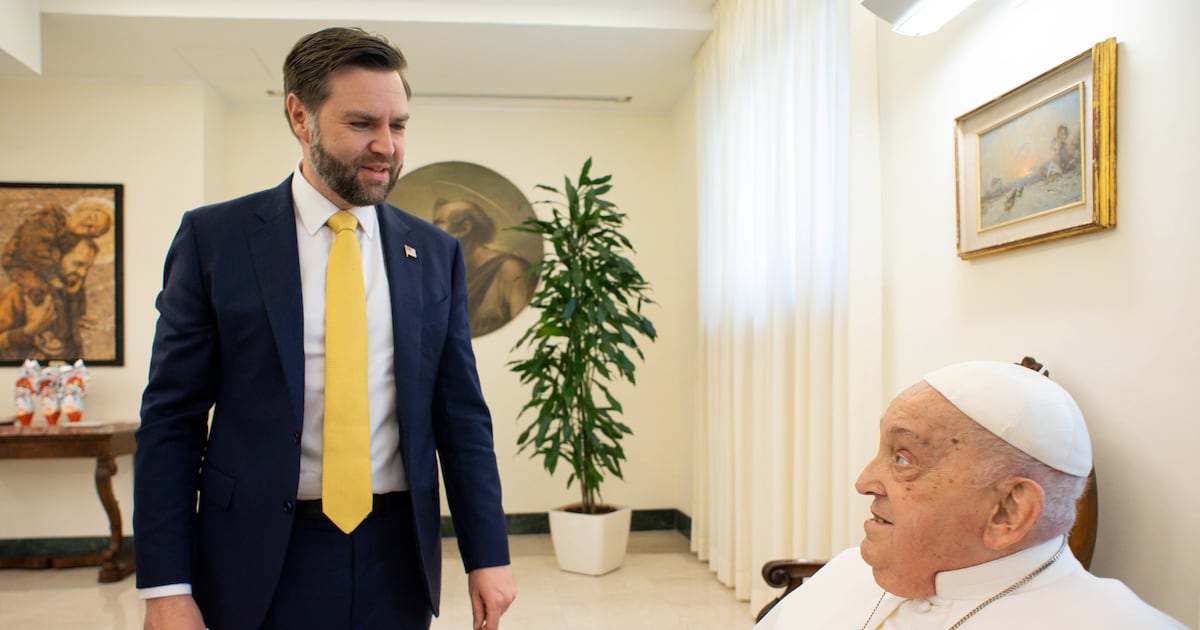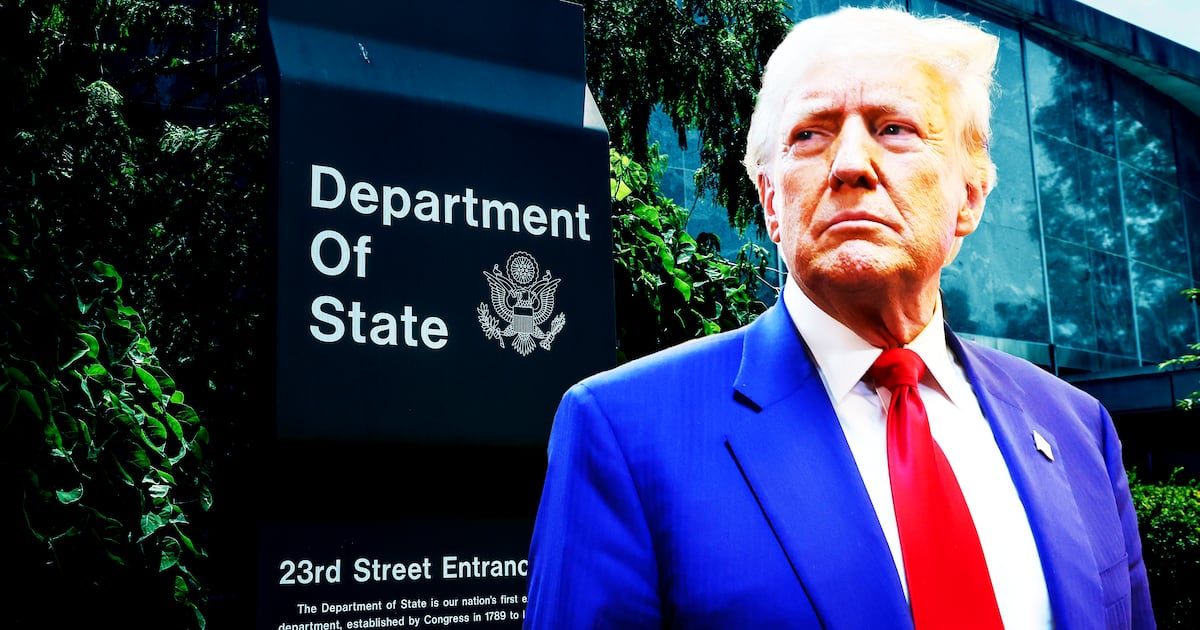On Sunday night, Russia’s newly-elected President Vladimir Putin wept as he thanked his supporters at a vast, carefully orchestrated victory rally by the walls of the Kremlin. On Monday night, those who dared to oppose his win got a taste of what Putin’s new reign would be like: more or less exactly like his old reign.

As night fell in Moscow, a crowd of around 20,000 gathered to protest election fraud on Pushkin Square in Central Moscow, in a meeting sanctioned by city authorities. Speakers, including the anticorruption blogger Alexei Navalny, attempted to keep the tone defiant and angry. “Who is the authority here?” Navalny yelled into the microphone: “We are, we are, we are,” a few voices repeated. But the chant soon trailed off. The overwhelming mood was one of deep depression over Putin’s self-declared 63% victory in Sunday’s poll.
In contrast to the exuberant costumes, homemade slogans, white balloons and tangible sense of purpose seen at previous opposition demonstrations—which had drawn up to 100,000 onto the streets of Moscow over the last three months—Monday’s demonstration was listless and subdued. Even “Alexei,” a young performance artist and crowd favorite, who came to prior rallies dressed as a tank ready to storm the Kremlin, came costume-less on Monday night. He was later detained.
By 9pm most of the crowd had dispersed, but around 1,000 people, led by Navalny, remained in the square, defying riot police to remove them. Paramilitary troops in grey urban camouflage moved into the square, five abreast, forcing demonstrators into side-streets. Finally the remaining core of protesters, including Navalny and leftist opposition leader Sergei Udaltsov, were bundled into waiting police vans. To his millions of web-based followers, Navalny tweeted photos of smiling protesters showing victory signs from inside a police van.
Duma deputy Ilya Ponomarev and Ilya Yashin were also detained, as police mopped up smaller islands of resistance in adjacent squares. By the protesters’ own account, which was impossible to verify, around 500 people in total were detained in Moscow. In addition, some 50 members of the Other Russia opposition group were arrested at an earlier, unsanctioned protest outside the Lubyanka, headquarters of the Federal Security Service. (Police put the total arrests at a much lower 250.) In St. Petersburg an estimated 300 people were detained during an illegal rally that drew around 3,000.
By midnight, the streets around Pushkin Square were eerily empty, save for a sea of grey-uniformed Interior Ministry troops. Several squads of soldiers were spotted marching down Tverskaya, Moscow’s glitziest shopping street, singing Soviet-era marching songs. “It’s a sickening scene, and makes me hate Putin more,” said one young girl in the opposition’s trademark white scarf, as she watched soldiers marching by the boutiques and coffee shops on Moscow’s main street earlier in the evening.
Many leaders of the opposition movement vowed to fight on. Former liberal Duma deputy Vladimir Ryzhkov promised the crowd a fresh rally for March 10th. But as protesters were firmly dispersed, the bitter reality set in that Moscow’s streets—let alone the whole of Russia—do not belong to the protest movement. It was a hard blow to Moscow’s intelligentsia, the driving force behind the protests. “This is the time to build a bridge to Putin, before the most talented people move out of Russia,” said curator Marat Gelman.
The pro-Putin rallies on Sunday and Monday were carefully organized to occupy central squares, thus disallowing those spaces for use by Opposition gatherings. The hard truth is that they drew many times more people than the anti-Putin march, thanks to fleets of buses which had mobilized Putin supporters from outside Moscow. And if the dismal combination of flagging enthusiasm for anti-Putin rallies and brutal police repression continues, the Opposition’s winter of discontent could turn not into a Moscow Spring, but into something far grimmer.







